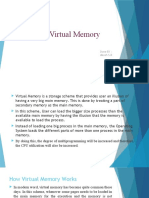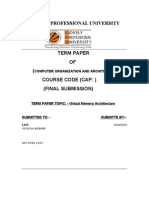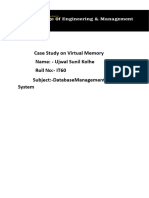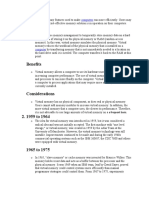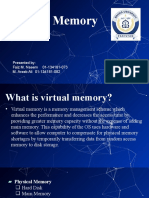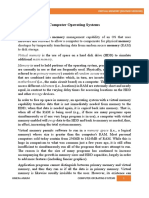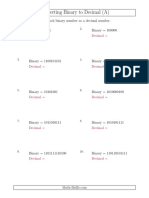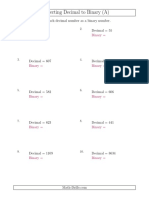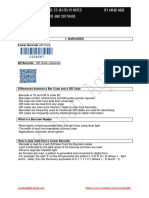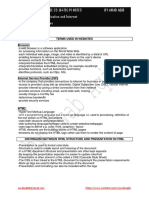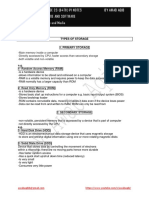0% found this document useful (0 votes)
47 views2 pagesVirtual Memory
Virtual memory is a memory management technique that uses secondary storage like a hard drive as an extension of physical memory. It allows applications to address more memory than is physically installed and improves system performance through multitasking. The benefits of virtual memory include handling more addresses than physical memory, running more applications simultaneously, and freeing applications from memory management.
Uploaded by
collenCopyright
© © All Rights Reserved
We take content rights seriously. If you suspect this is your content, claim it here.
Available Formats
Download as DOCX, PDF, TXT or read online on Scribd
0% found this document useful (0 votes)
47 views2 pagesVirtual Memory
Virtual memory is a memory management technique that uses secondary storage like a hard drive as an extension of physical memory. It allows applications to address more memory than is physically installed and improves system performance through multitasking. The benefits of virtual memory include handling more addresses than physical memory, running more applications simultaneously, and freeing applications from memory management.
Uploaded by
collenCopyright
© © All Rights Reserved
We take content rights seriously. If you suspect this is your content, claim it here.
Available Formats
Download as DOCX, PDF, TXT or read online on Scribd
/ 2












